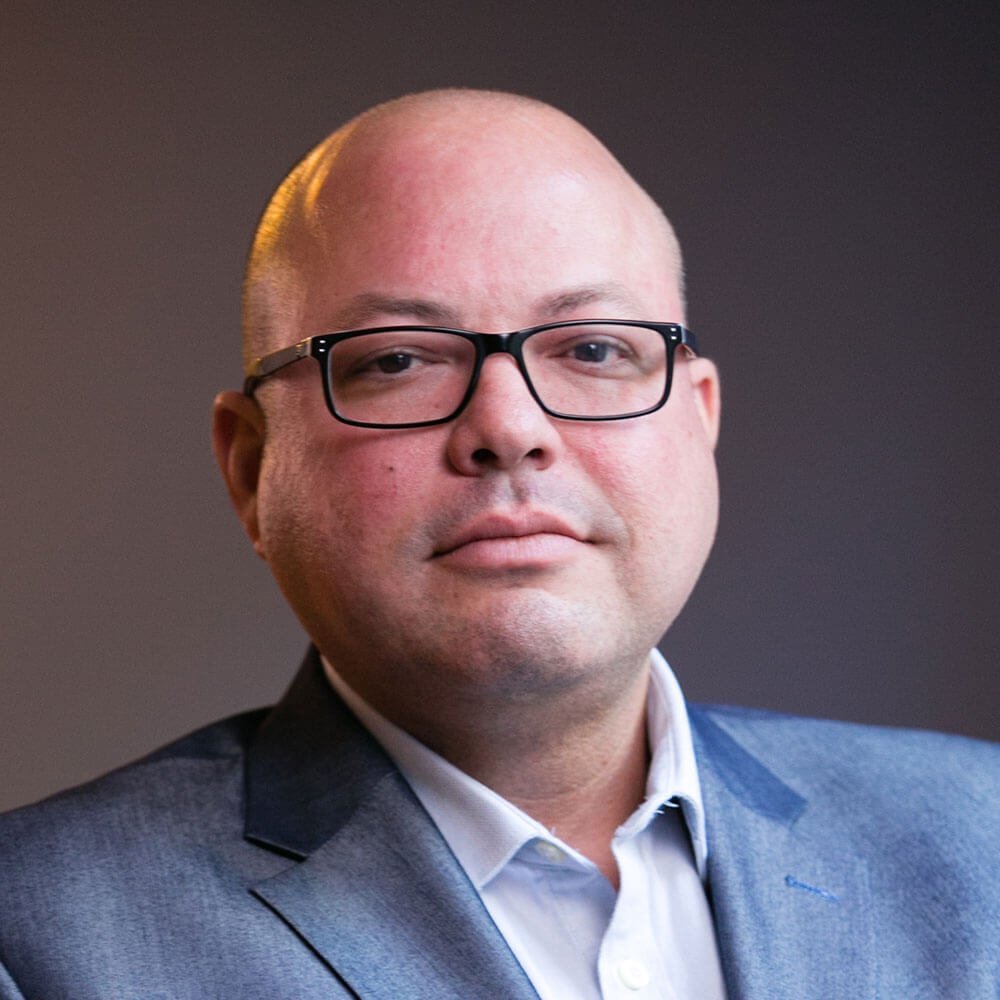Posted January 29, 2014
By Ray Blanco
How To Turn $50,000 Into $50 Million
The headline above isnt just meant to get your attention.
Its meant to illustrate, with real figures, how the average historical returns from angel investing can turn a small nest egg into a vast sum.
Despite the seemingly unbelievable prospect of turning $50,000 into $50 million, these figures are based on the facts of an in-depth study.
Well link to the study below. But for now, understand this:
Its the most comprehensive study of its kind. And it comes from a well-known non-profit thats been around for nearly 50 years.
Did I believe it when I first read it?
No, I didnt. The returns seemed too big.
But as I find more and more research that backs it up and see professional investors use it as the foundation to invest in the real world Im coming around.
If youre like me, I imagine youll have your doubts.
But Ill quickly share with you what I know
And maybe youll come around, too.
The study Im referring to was conducted by the Kauffman Foundation, one of the largest private foundations in the U.S.
Based in Kansas City, Missouri, with assets of about $2 billion, the foundations vision is to foster a society of economically independent individuals who are engaged citizens in their communities.
Authored by Robert Wiltbank of Willamette University, and Warren Boeker of the University of Washington, this was quite literally the largest study ever conducted on the returns of angel investing.
To build its data set, the authors gathered results from 539 individual angels and 86 U.S. based angel investor groups.
These angels were involved with 1,130 companies. Some companies were successful, and were eventually acquired or taken public on the stock market. Others failed, and were closed down.
Here are the studys main results:
- On average, exits generated 2.6 times the invested capital
- It took 3.5 years to get from investment to exit
- On average, angels achieved a 27% internal rate of return
An average annual return of 27% is, quite simply, astounding.
It beats the 8% historical average for corporate bonds, the 9% for stocks and even beats Warren Buffets 24%.
At an average annual return of 27%, $50,000 turns into $50 million in 30 years.
This is no get rich quick scheme. But for $50 million, one might have patience.
For those who are intrigued and are thinking about getting started, lets look at the #1 rule to remember and look at an easy way to take the first step.
Whether you have millions of dollars to invest, or are starting with a few thousand, the most important thing to keep in mind is this:
You need to be diversified.
In the world of start-up investing, this means you need to build a portfolio of at least 25 to 50 different start-ups.
Ideally, youd invest in several hundred over several years.
That might sound like a lot. But heres an easy way to get started:
Buy a basket of early-stage companies that have been vetted by professionals.
Make sure the pros are putting their own money in, too.
And make sure theyre keeping an eye on the store.
Think of it as a mutual fund for start-ups.
Youll pay a small fee, and will share about 20% of the profits with the pros, but we believe this is a smart way to get started.
If youre interested in investing in such a fund, one is currently accepting money now on a high-quality platform called FundersClub.
Their minimum is $10,000.
For better or worse, this deal doesnt really need any more money.
As of today, its still accepting funds, but its already 250% oversubscribed
Probably by investors who read the Kauffman Study!
If youre too late to get into this particular fund, dont worry: well let you know when a new one opens up.
Happy Investing!
Best Regards,
for The Daily ReckoningP.S. Thousands of Americans are now earning monthly investment income by piggybacking Canadian Social Security. A new website shows you how you can do just that. Click HERE to discover how.
